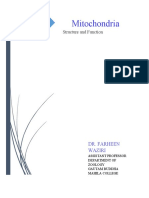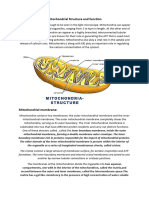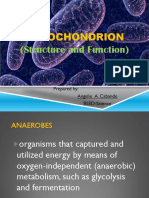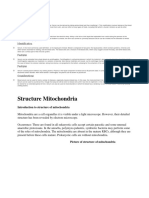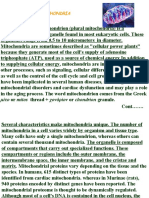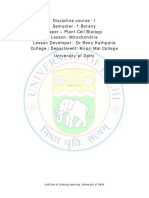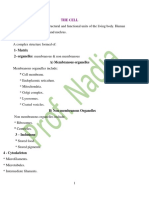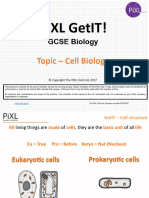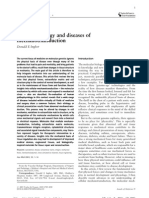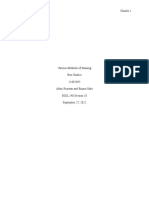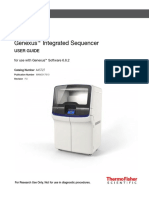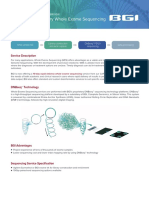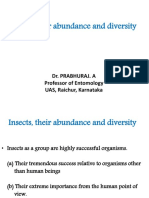0% found this document useful (0 votes)
69 views5 pagesUnit 3 Reviewer
The document provides information on mitochondria, including:
1) Mitochondria are the powerhouses of the cell that generate energy through oxidative phosphorylation. They have an outer and inner membrane and matrix containing DNA, ribosomes, and enzymes.
2) Mitochondria likely originated from bacteria that were endosymbiotically engulfed by eukaryotic cells. They replicate independently and their structures and functions bear similarities to bacteria.
3) The electron transport chain located in the inner mitochondrial membrane is made up of five protein complexes and two carriers that generate a proton gradient used to synthesize ATP through ATP synthase. This provides the main energy currency of cells.
Uploaded by
aaleah moscaCopyright
© © All Rights Reserved
We take content rights seriously. If you suspect this is your content, claim it here.
Available Formats
Download as DOCX, PDF, TXT or read online on Scribd
0% found this document useful (0 votes)
69 views5 pagesUnit 3 Reviewer
The document provides information on mitochondria, including:
1) Mitochondria are the powerhouses of the cell that generate energy through oxidative phosphorylation. They have an outer and inner membrane and matrix containing DNA, ribosomes, and enzymes.
2) Mitochondria likely originated from bacteria that were endosymbiotically engulfed by eukaryotic cells. They replicate independently and their structures and functions bear similarities to bacteria.
3) The electron transport chain located in the inner mitochondrial membrane is made up of five protein complexes and two carriers that generate a proton gradient used to synthesize ATP through ATP synthase. This provides the main energy currency of cells.
Uploaded by
aaleah moscaCopyright
© © All Rights Reserved
We take content rights seriously. If you suspect this is your content, claim it here.
Available Formats
Download as DOCX, PDF, TXT or read online on Scribd
/ 5






